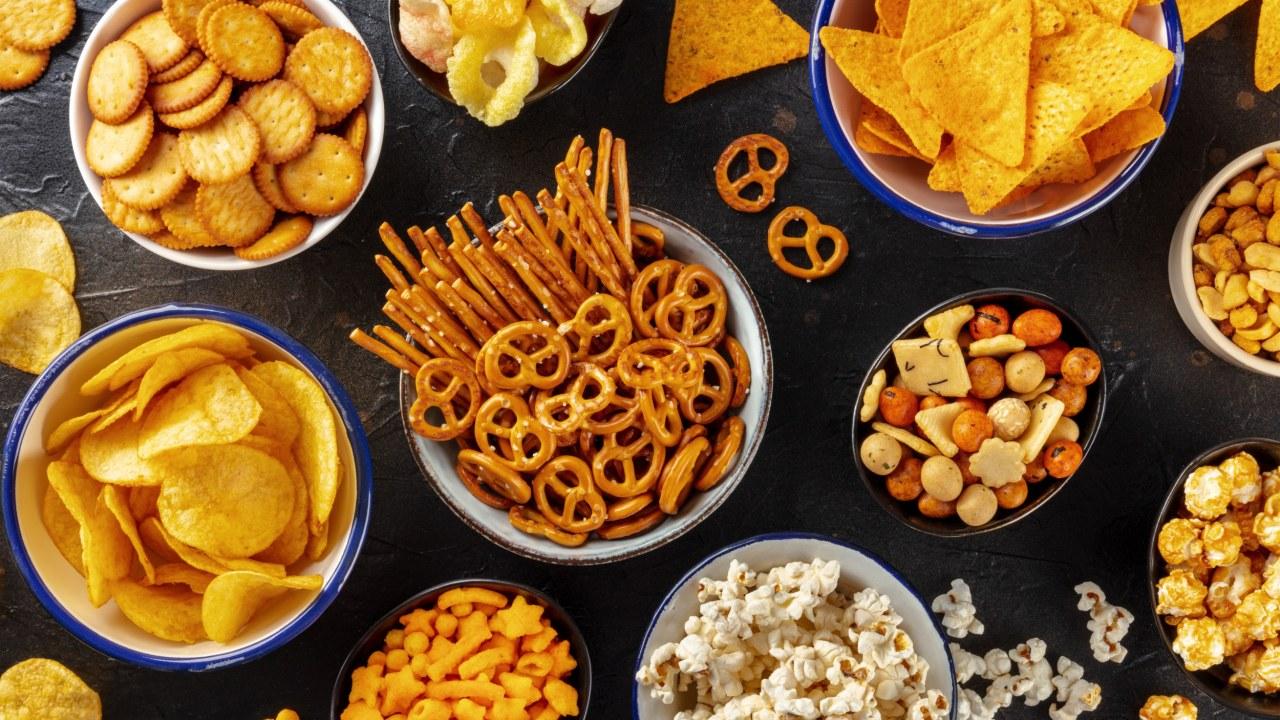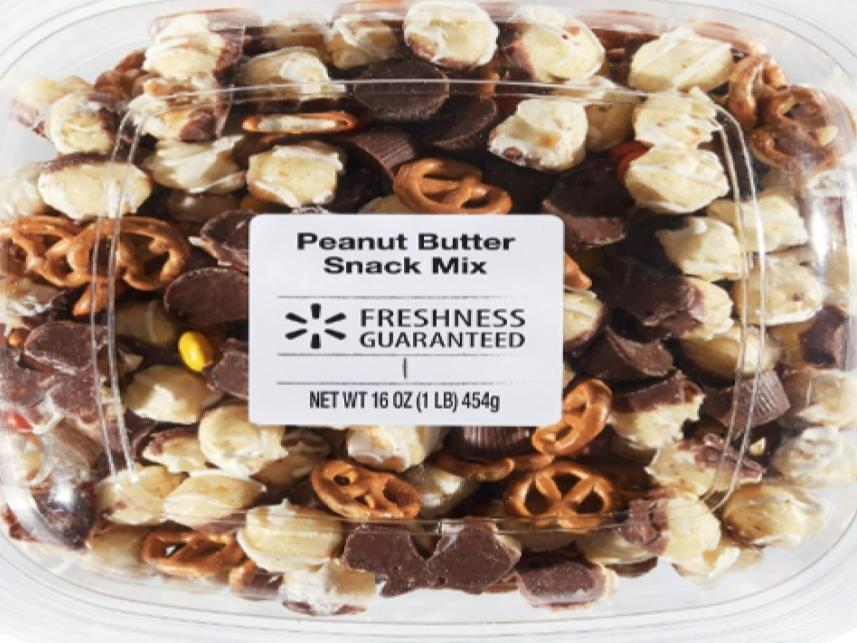Health authorities have upgraded a recent snack recall to their highest risk level. This Class I designation indicates potential for serious health consequences or death.
The FDA classifies recalls into three categories based on risk factors. Such high-level recalls account for approximately 10% of all food recalls annually.
What makes this recall so serious?

The recalled snack may contain Salmonella contamination. This bacteria can cause severe infections, especially in vulnerable populations.
Salmonella leads to 1.35 million infections in the U.S. yearly. The recall highlights the ongoing challenges in food safety management.
How widespread is the contaminated product?

A California-based company distributed the affected snack to seven local stores. The product is a crunchy green gram snack in 350g packages.
It bears a best-by date of June 25, 2025. Food safety experts estimate that contaminated products reach consumers in 60% of recall cases.
What are the symptoms of Salmonella infection?

Salmonella typically causes fever, diarrhea, and abdominal pain. In severe cases, it can lead to bloodstream infections and arthritis.
The CDC reports 26,500 hospitalizations due to Salmonella annually. Symptoms usually appear 12 to 72 hours after consuming contaminated food.
Who faces the highest risk?

Young children, elderly individuals, and those with weakened immune systems are most vulnerable. These groups may experience life-threatening complications from Salmonella.
Studies show a 20% higher hospitalization rate for these at-risk populations. Pregnant women also face increased risks of severe illness.
How do authorities classify food recalls?

The FDA uses a three-tier system for recall classification. Class I represents the highest risk level. Class II indicates potential for temporary health issues.
Class III suggests minimal health risks. This tiered approach helps prioritize public health responses.
What should consumers do with recalled products?

Authorities advise immediate disposal of the affected snack. Alternatively, consumers can return it for a refund.
Food safety experts recommend checking pantries weekly for recalled items. Only 60% of consumers typically comply with food recall notices.
How common are food-borne illnesses?

Salmonella causes 420 deaths in the U.S. each year. Food is the primary source of these infections.
The CDC estimates 48 million Americans experience food-borne illnesses annually. Improved food safety measures have reduced outbreaks by 15% over the past decade.
What challenges do food manufacturers face?

Manufacturers must balance production efficiency with stringent safety protocols. The average cost of a food recall exceeds $10 million.
Companies often struggle to trace contamination sources quickly. Experts predict a 30% increase in food safety investments over the next five years.
How might this impact future regulations?

This high-profile recall may spark calls for stricter food safety laws. Regulators might consider more frequent inspections of snack manufacturers.
Some propose implementing blockchain technology for better traceability. The food industry braces for potential regulatory changes in the wake of this incident.


